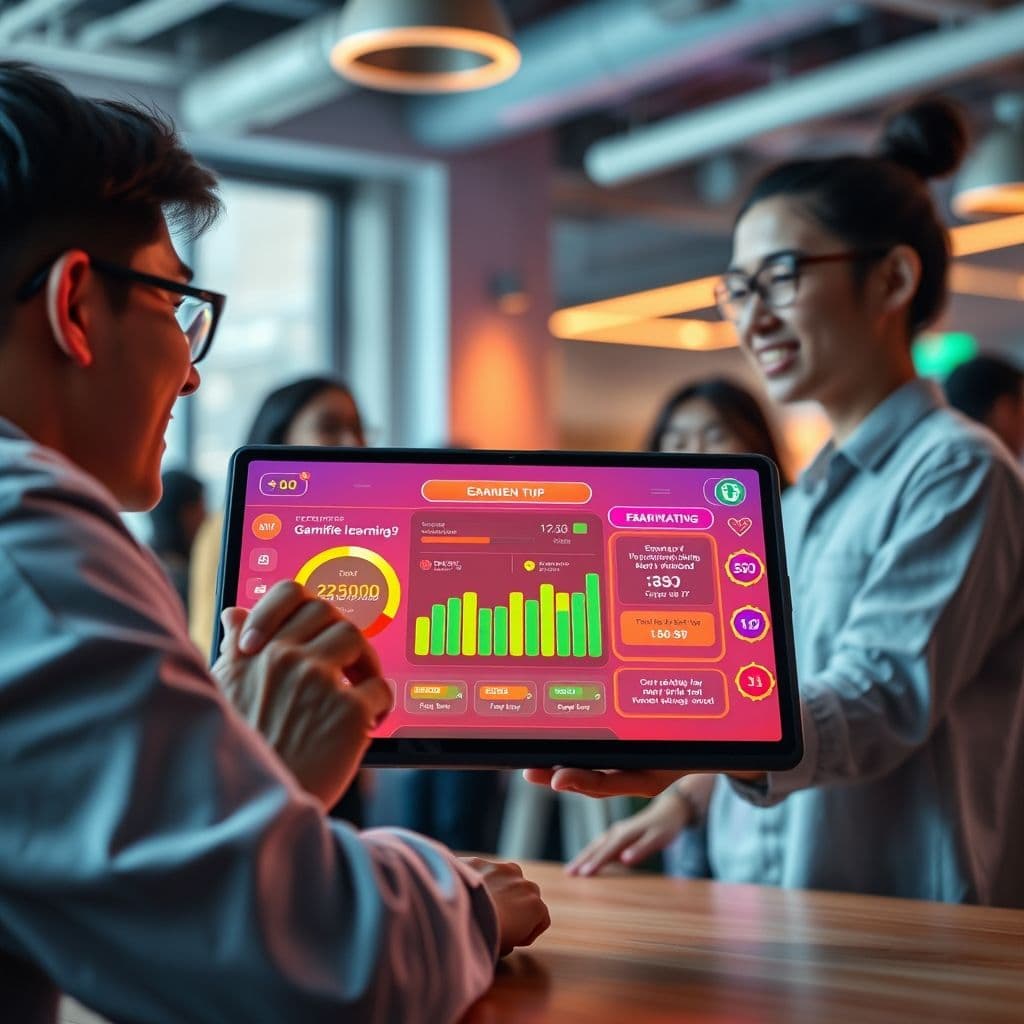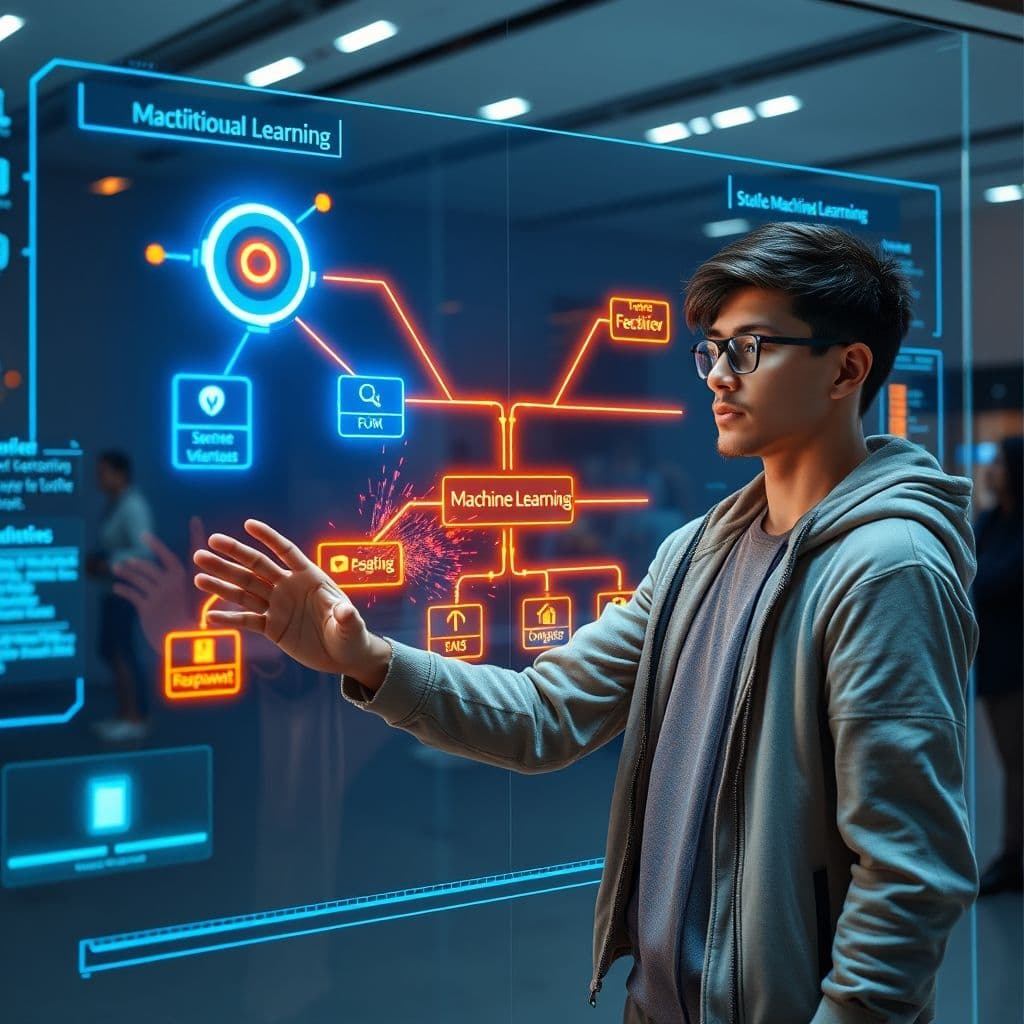Gamified Learning Mastery: A Step-by-Step Guide to Engaging Education

Gamified learning is transforming education by making it more engaging, interactive, and effective. Whether you're an educator, student, or lifelong learner, mastering gamified learning can unlock new levels of motivation and retention. This guide will walk you through the essential steps and concepts, from understanding the basics to implementing advanced techniques. Let's dive in and explore how you can harness the power of gamification to enhance your learning experience. View original learning path
Fundamental Concepts
Before diving into the steps, it's crucial to grasp the foundational concepts of gamified learning. Gamification involves applying game design elements in non-game contexts, like education, to boost engagement and motivation. Learning theory provides the framework for how people learn, while motivation drives the desire to engage with the material. Together, these elements create a powerful approach to education.
Step 1: Understand Gamification
Gamification is more than just adding points and badges to learning activities. It's about leveraging game design principles to create meaningful and engaging experiences. Benefits include increased motivation, better retention, and a more enjoyable learning process. Examples of gamified learning range from language apps like Duolingo to classroom systems like Classcraft. By understanding these elements, you can start to see how gamification can be applied in your own context.

Step 2: Learn Learning Theory
Understanding how people learn is key to effective gamification. Behaviorism focuses on rewards and punishments to shape behavior, making it ideal for point systems. Cognitivism looks at mental processes like memory and problem-solving, useful for designing challenges. Constructivism emphasizes active learning and experience, perfect for quests and simulations. By aligning your gamification strategies with these theories, you can create more impactful learning experiences.
Step 3: Understand Motivation
Motivation is the engine behind gamified learning. Intrinsic motivation comes from within, like curiosity or enjoyment, while extrinsic motivation involves external rewards like grades or badges. Self-Determination Theory suggests that autonomy, competence, and relatedness are key to fostering intrinsic motivation. By balancing these elements, you can design gamified experiences that keep learners engaged over the long term.
Intermediate Concepts
Now that you've grasped the fundamentals, it's time to explore intermediate concepts like game mechanics, progression systems, and feedback. These elements add structure and excitement to gamified learning, helping learners track their progress and stay motivated.
Step 4: Explore Game Mechanics
Game mechanics are the rules and systems that make games engaging. Points and badges provide tangible rewards for achievements. Leaderboards foster competition and social comparison. Quests and challenges offer structured goals and variety. By thoughtfully incorporating these mechanics, you can create a dynamic and motivating learning environment.
Step 5: Implement Progression Systems
Progression systems give learners a sense of growth and accomplishment. Leveling up signifies mastery and unlocks new challenges. Unlockable content provides incentives to keep progressing. Skill trees allow learners to choose their own path, catering to individual interests and strengths. These systems make learning feel like an exciting journey rather than a chore.

Step 6: Provide Feedback and Rewards
Feedback and rewards are crucial for keeping learners engaged. Immediate feedback helps learners understand their progress and adjust their strategies. Meaningful rewards, like unlocking new content or earning special badges, provide motivation. Social rewards, such as recognition from peers or instructors, add an extra layer of incentive. Together, these elements create a supportive and motivating learning environment.
Advanced Concepts
For those ready to take gamified learning to the next level, advanced concepts like narrative, personalization, and analytics offer even deeper engagement and effectiveness.
Step 7: Incorporate Narrative and Storytelling
A compelling narrative can transform learning into an immersive experience. Creating a storyline gives context and purpose to activities. Character development allows learners to connect emotionally with the material. Branching narratives offer choices and consequences, making learning more interactive and personalized. These elements turn education into an adventure.
Step 8: Implement Personalization
Personalization tailors the learning experience to individual needs and preferences. Adaptive learning adjusts content based on performance, ensuring the right level of challenge. Customization options let learners choose their avatars, themes, or paths. Dynamic content changes based on learner interactions, keeping the experience fresh and relevant. Personalization makes learning more engaging and effective.
Step 9: Utilize Analytics and Assessment
Analytics and assessment provide insights into learner progress and effectiveness. Learning analytics track engagement, performance, and behavior, helping identify areas for improvement. Formative assessments provide ongoing feedback, while summative assessments measure overall achievement. Data-driven decision making ensures that gamified elements are optimized for maximum impact. These tools make gamified learning both fun and effective.

Conclusion
Gamified learning mastery is about more than just adding game elements to education—it's about creating engaging, motivating, and effective learning experiences. By understanding the fundamental concepts, exploring game mechanics, and implementing advanced techniques like personalization and analytics, you can transform any learning environment. Whether you're an educator, student, or lifelong learner, these strategies can help you achieve your goals with greater enjoyment and success.
Frequently Asked Questions
- How long does it take to master gamified learning?
- Mastering gamified learning depends on your goals and context. Basic concepts can be understood in a few weeks, but full implementation and refinement may take months of practice and iteration.
- What are common mistakes beginners make?
- Common mistakes include over-relying on extrinsic rewards, neglecting learning theory, and failing to align game mechanics with educational objectives. Focus on balance and alignment for best results.
- Can gamified learning work for all subjects?
- Yes, gamified learning can be adapted for virtually any subject. The key is to tailor the game mechanics and narrative to fit the specific content and learning objectives.





